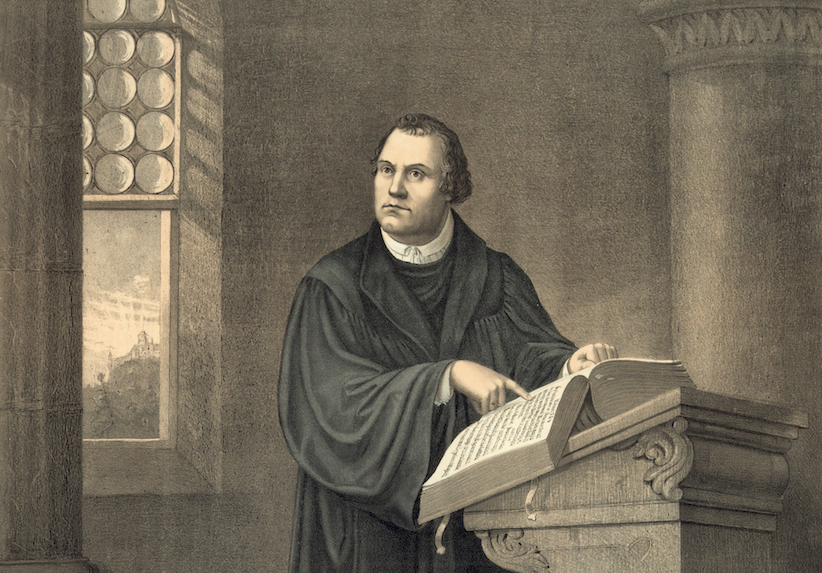Exploring the Semitic Heritage of the Arab World

The Arab world is a region rich in history, culture, and diversity. One aspect of this rich heritage is the Semitic origins of the Arab people. In this article, we will delve into the fascinating connection between the Arab world and the Semitic heritage. We will explore the origins of the Arabs, the relationship between the Arab and Semitic languages, and the cultural and historical significance of this heritage.

Are Arabs Semites?
The term “Semite” refers to a group of people who share a common linguistic and cultural heritage. The Semitic language family includes languages such as Arabic, Hebrew, Amharic, and Aramaic. So are Arabs Semites? Arabs, as a people, are considered to be Semites due to their linguistic and cultural ties to the Semitic language family.
Semitic Origins of Arabs
The origins of the Arab people can be traced back to the Arabian Peninsula, a region located in Southwest Asia. The Arabian Peninsula has been inhabited for thousands of years, and it is believed to be the homeland of the Arab people. The Arab tribes that emerged in this region spoke a variety of Semitic languages and shared common cultural practices.
Arab and Semitic Language Connection
The Arabic language, which is spoken by millions of people in the Arab world, belongs to the Semitic language family. It shares many similarities with other Semitic languages, such as Hebrew and Aramaic. The connection between the Arab and Semitic languages is not only linguistic but also cultural. The Arabic script, for example, is derived from the ancient Aramaic script, which was widely used in the region.
Cultural Significance of Semitic Heritage
The Semitic heritage plays a significant role in shaping the culture and identity of the Arab world. It is reflected in various aspects of Arab culture, including literature, poetry, music, and art. Many famous works of literature and poetry in the Arab world are written in Arabic, a Semitic language. The influence of Semitic languages can also be seen in the names of people, places, and historical events in the Arab world.
Historical Significance of Semitic Heritage
The Semitic heritage of the Arab world has a deep historical significance. It is intertwined with the history of the region, including the rise and fall of ancient civilizations, the spread of Islam, and the Arab conquests. The Arab world has been a crossroads of civilizations, and the Semitic heritage has played a crucial role in shaping its history.
Exploring Semitic Heritage Today
In the modern Arab world, the Semitic heritage continues to be celebrated and preserved. Efforts are made to promote the study of Semitic languages, preserve ancient manuscripts, and revive traditional cultural practices. Museums, cultural centers, and educational institutions play a vital role in promoting awareness and understanding of the Semitic heritage among the Arab population and beyond.
Conclusion
The Semitic heritage of the Arab world is a testament to the rich and diverse history of the region. The connection between the Arab people and the Semitic language family is deeply rooted in their culture, language, and history. Exploring this heritage allows us to appreciate the contributions of the Arab world to human civilization and fosters a greater understanding of the cultural and linguistic diversity of our global community.







